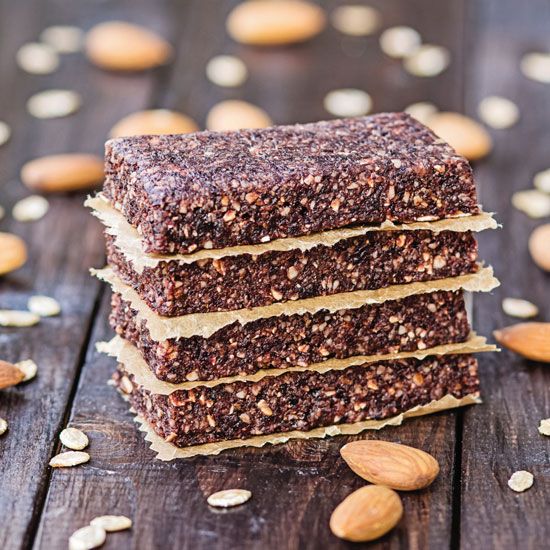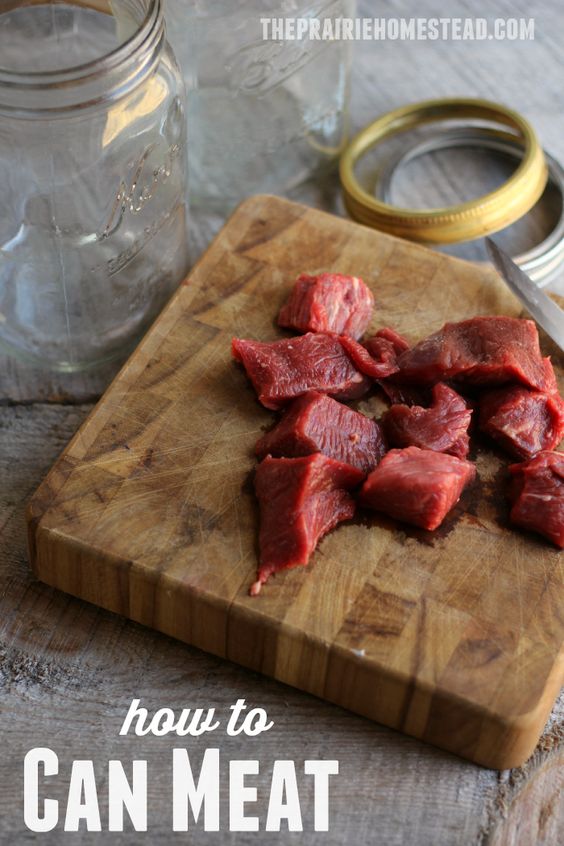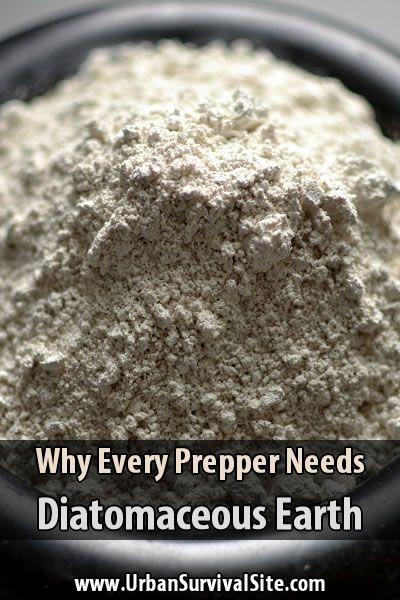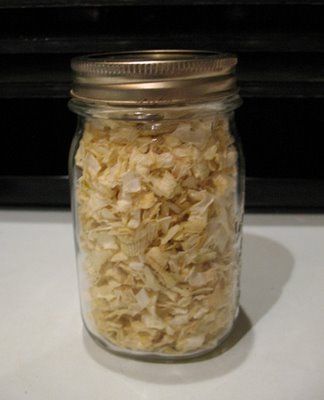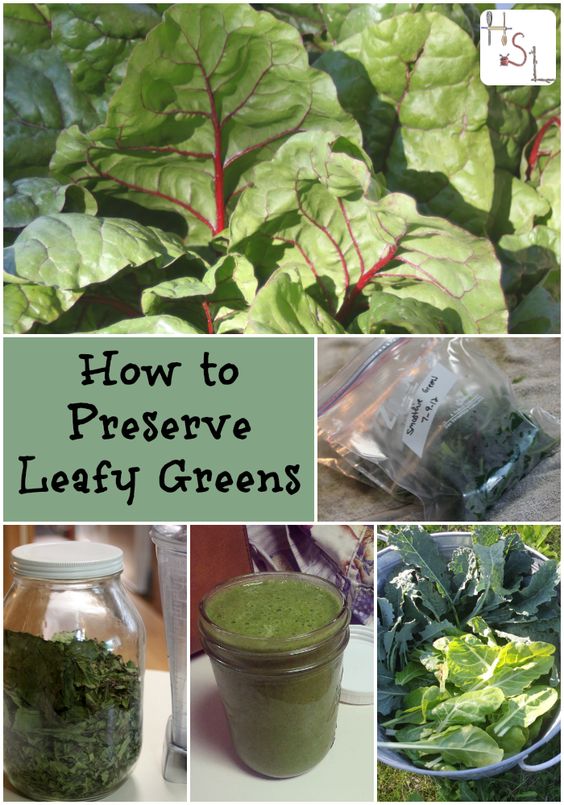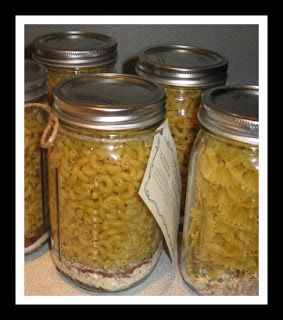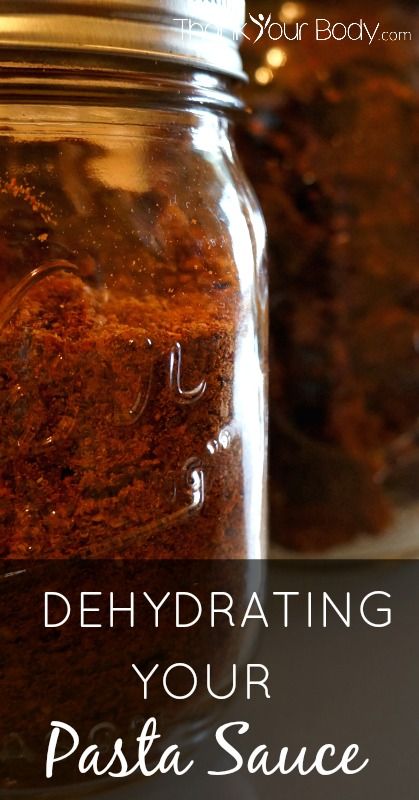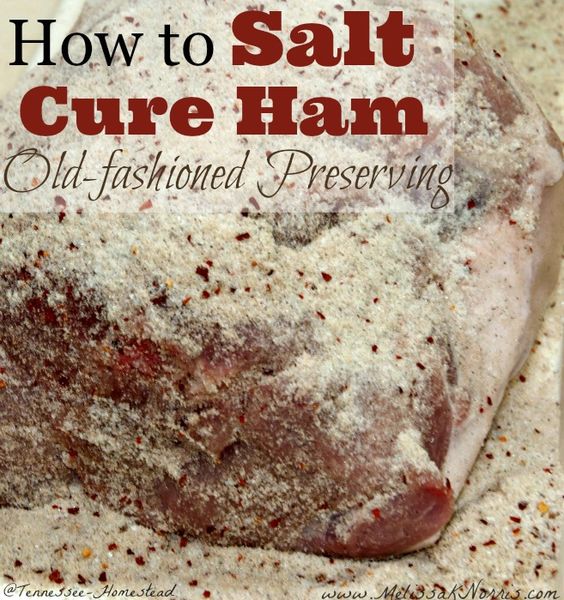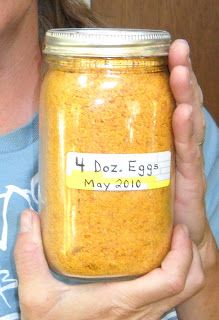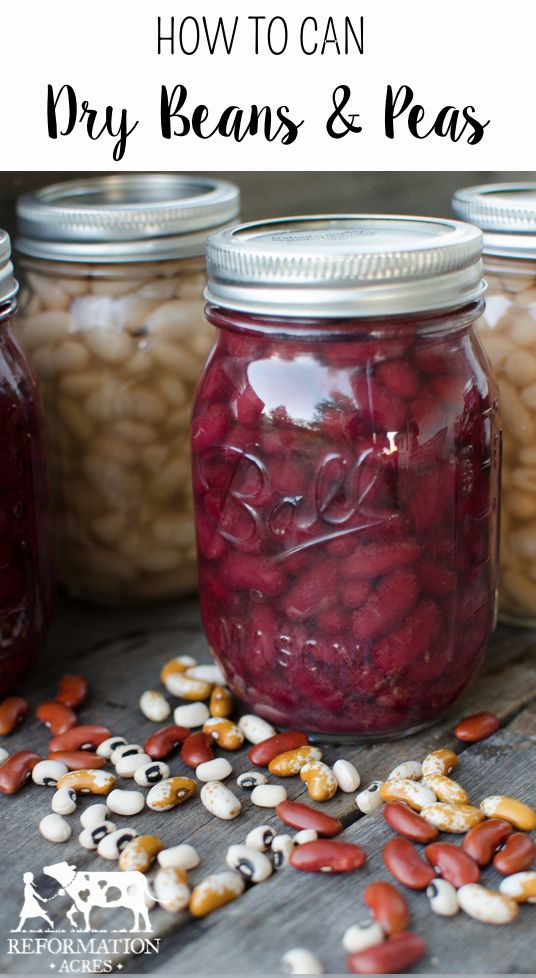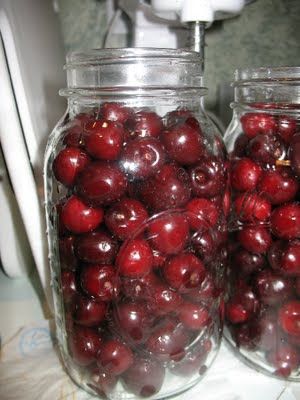This is a question we've been faced with time and time again, and while it's not our place to tell you exactly what should be on your food list as a prepper or survivalist, we can recommend what's working for us and others. So with the help of some other sites we're going to go over the most tasty and long lasting food storage options!
Some of these require some work, but when the shtf do you want to be munching on dry dog food and MREs for the rest of your life, or have something with sustenance that actually has flavor?
1. Pemmican
According to offthegridnews "Created by Native Americans and adopted by European explorers of the New World, pemmican is a concentrated blend of fat and protein from lean, dried meat. The word “pemmican” is derived from the Cree root word “pimi” for “fat” or “grease.” Traditionally, the meats used in pemmican included bison, moose, deer and elk. Beef can be used as well."

Buy Pre-made bars here
2. Hard Tack
Hardtak is one of the most rugged foods out there, but with a shelf life close to that of pemmican, you can't really knock it. It was made a staple in diets during the civil war times, and during that time it was as stiff as a board. So to soften the hardtak the soldiers would soak it in water or coffee to soften it.
Fun Fact: Soaking it in water and coffee would cause any insect larvae in the bread to come to the surface. So the soldiers would either skim the bugs off or have an extra snack!
3. Canned Meat
We could fill the rest of this article with pictures of different meats that you could can, or we could simply tell you that you need to can meats. Period. This resource does a great job of walking even a complete beginner through the process of safely canning meat to eat in the future.
Protein is necessary in your diet, so please take the time to can at least a few jars to ensure your survival for when the shtf.
4. Diatomaceous Earth for Your Prepper Food List and Supplies
According to urban survival site "You’ll need 1-2 cups of DE per 50 pounds of food (or 1-2 teaspoons of DE per 1 pound of food). If you’re planning on storing food for more than just a few years, the upper limit is probably better.
Food grade diatomaceous earth is mainly used in wheat and flour, but it can also be mixed with beans, corn, legumes, oats, rice, and any other dry food that bugs might contaminate. There’s no wrong way to apply DE, as long as it’s thoroughly mixed into your food."
5. Dried Onions
6. Peanut Butter
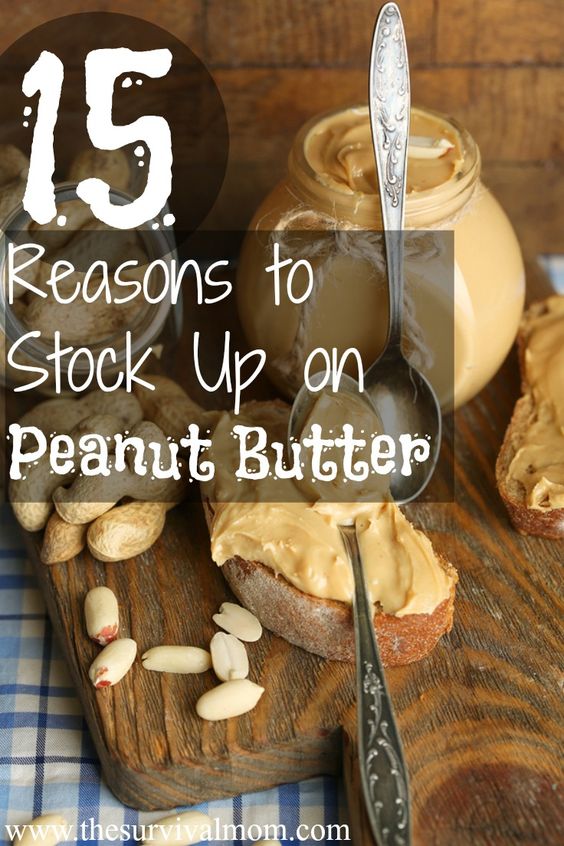
Tasty sandwiches and jar with fresh peanut butter on wooden background (Source)
7. Preserving Leafy Greens
8. Jellies & Jams
9. Pastas
10. Dehydrated Pasta Sauce
11. Drying and Preserving Herbs
12. Canned Soups
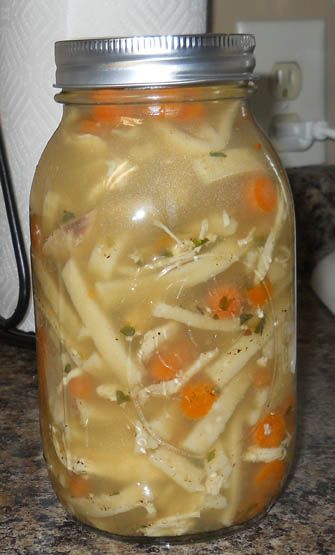
13. Salted and Cured Meat for Preppers Food Storage
14. Dehydrated Eggs
15. Canned Dry Beans
16. Canned Fruits
17. Dehydrated Peppers for Seasoning



